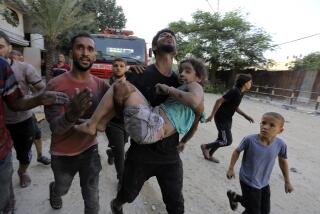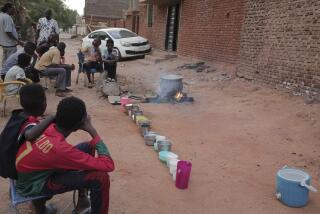NONFICTION - May 8, 1994
- Share via
THE STATE OF THE WORLD’S CHILDREN 1994 United Nations Children’s Fund (UNICEF) (Oxford University Press: $8; 87 pp.) Now that the term “National Security” has been broadened to include natural resources and our children’s future, this report, published annually, is an even more integral piece of the puzzle (along with the “State of the World” report on the environment, published annually by World Watch in Washington). You will not drown in overwhelmingly depressing statistics; you do not have to read with one hand covering your checkbook. Just consider it background, context-creating information for the news you read everyday. The producers of this year’s report have bent over backward to give equal time to progress made on several fronts: significant reduction in the five major child-killing diseases; pneumonia, diarrhea, measles, tetanus and whooping cough; polio is close to being eradicated; iodine deficiency, a leading cause of mental retardation, could soon be brought to an end.
As for the bad news, it simply becomes increasingly embarrassing that we are not giving the resources needed to put an end to diseases like diarrhea, which kills 1.5 million children each year and can be cured with a packet of oral rehydration salts. Another 1.5 million children have been killed over the last 10 years in armed conflicts, with 4 million disabled, maimed or brain damaged. This year’s report focuses on the deepening effects of poverty, population growth and environmental degradation on the developing world (the PPE spiral), suggesting ways to meet minimum human needs, to fight poverty, to encourage family planning, and to create environmentally sustainable growth. The question is no longer whether meeting these needs is possible (this report and others give many examples of very poor countries, like Bangladesh, where 80% of the rural residents now have access to safe drinking water), the problem is making these issues political priorities.
More to Read
Sign up for Essential California
The most important California stories and recommendations in your inbox every morning.
You may occasionally receive promotional content from the Los Angeles Times.













